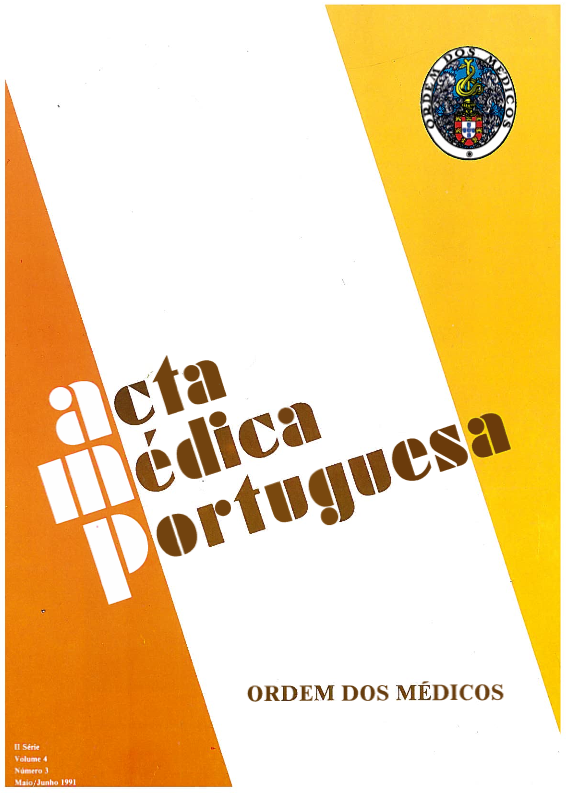Unknown primary neoplasm: a retrospective 3-year study at a service of internal medicine.
DOI:
https://doi.org/10.20344/amp.3347Abstract
The authors review all the cases of Carcinoma of Unknown Primary Site admitted to a medical service during a 3-year period (1987-1989). These cases represented 9% of all the neoplastic diseases admitted during the aforementioned period. Most of the patients presented extensive metastatic disease. The main histologic type was adenocarcinoma. The most useful of all the ancillary exams requested for primary localization and staging purposes was the computerized axial tomography (CT). The primary localization was achieved in two cases (one while the patient was still alive, and one on autopsy). The low performance status of the patients, together with the existence of advanced metastatic disease, precluded more than palliative therapy in most of the cases. The mortality of this series was 40% (4/10), with 3 autopsies performed. The authors compare their experience with the literature available, focusing the need for a work-up based on strict diagnostic criteria based on the histology and supported by specific laboratory tests. They also underline the value of the CT scan as the most useful exam in these circumstances.Downloads
Downloads
How to Cite
Issue
Section
License
All the articles published in the AMP are open access and comply with the requirements of funding agencies or academic institutions. The AMP is governed by the terms of the Creative Commons ‘Attribution – Non-Commercial Use - (CC-BY-NC)’ license, regarding the use by third parties.
It is the author’s responsibility to obtain approval for the reproduction of figures, tables, etc. from other publications.
Upon acceptance of an article for publication, the authors will be asked to complete the ICMJE “Copyright Liability and Copyright Sharing Statement “(http://www.actamedicaportuguesa.com/info/AMP-NormasPublicacao.pdf) and the “Declaration of Potential Conflicts of Interest” (http:// www.icmje.org/conflicts-of-interest). An e-mail will be sent to the corresponding author to acknowledge receipt of the manuscript.
After publication, the authors are authorised to make their articles available in repositories of their institutions of origin, as long as they always mention where they were published and according to the Creative Commons license.









